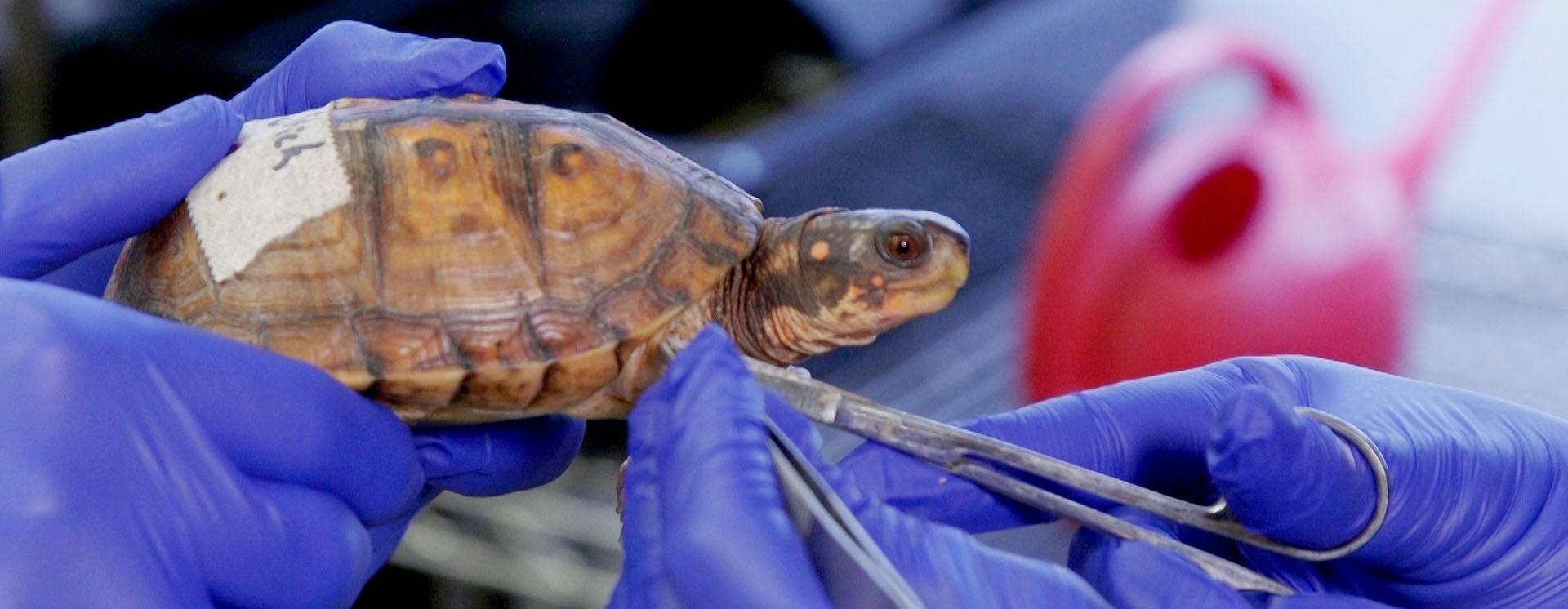Turtle Season Means More Turtle Rescues


Let’s be honest, if you were just waking up after sleeping for 5-6 months, you’d be moving pretty slowly.
For a turtle, not an animal known for its speed, the pace is slower still.
And that means all of us humans need to be a little more careful this time of year as we’re out and about driving, moving the lawn, riding bicycles, etc.
That’s because box turtles, which are the most common, as well as other turtle species, are coming out of hibernation and starting to move around. Mating season is just around the corner.
Turtle hibernation begins in late September to mid-October. The North Americans box turtle enters its burrow and won’t come out until roughly mid-March, when the temperature stays a constant 50-degrees.
Snapping turtles, by the way, prefer to hibernate underwater, for example at the bottom of a pond. However, if that isn’t available, they’ll settle for a spot under a pile of leaves or a log, or anywhere that will protect them from the cold.
The end of hibernation season means that unfortunately the Turtle Rescue Team at the NC State College of Veterinary Medicine is going to start getting busy. To see how these volunteer veterinary medicine students bring state of the art medicine to save injured turtles, watch the Sci NC story below.
Turtles are threatened by cars, lawn equipment and shrinking habitats. But students at NC State's College of Veterinary Medicine are using the latest medical science to rescue the injured reptiles that people bring them.